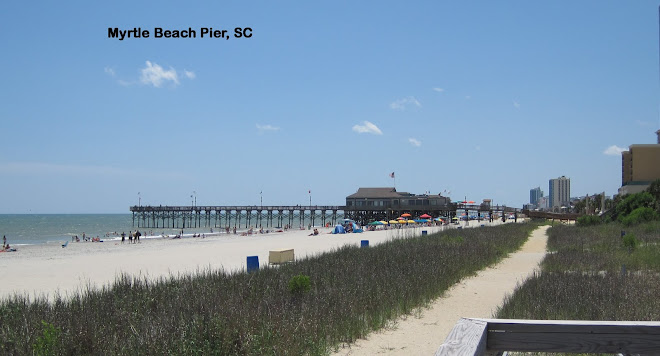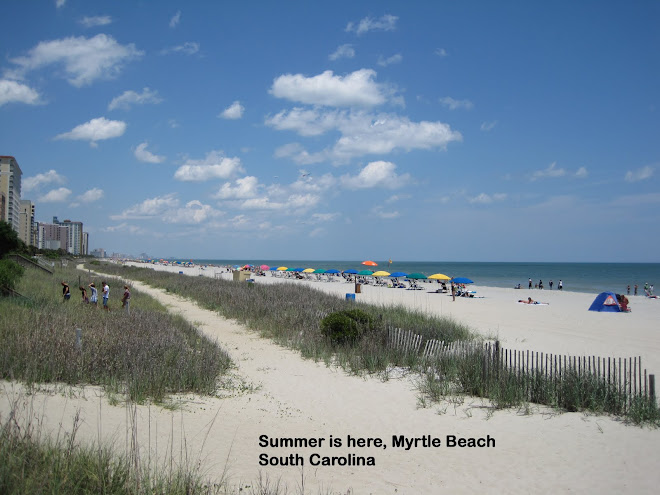I had a wonderful day today. I took the fast ferry over to Mackinaw Island. They are so cool. They have a plum of water coming out the back of the boat as the speed across the water.

We passed the "Mighty Mac", Macikinaw bridge. A picture just can't do it justice, so I took this short video from the ferry on the way to the island.
Did you know, at 5 miles long, it is the third longest suspension bridge in the world. The roadway is 199 feet above the water. The number one bridge is in Japan, and the second is in Denmark. I hadn't realize until I looked it up, but I was on the "Halsskov-Sprogoe" when my cousin Janice and I took a train to Denmark a few years ago. Guess I will just have to go to Japan, so I can say I have been on all three.
In 1875, Congress created the Mackinaw Island National Park. It is the second oldest National Park in the country with Yellowstone being the first. I did not know that!
Motor vehicles are not allowed on the island (except for emergency vehicles). You either walk, take a horse, bicycle, or a horse drawn carriage. I decided to save my knees and take the carriage ride. The ride starts out doing the town with a 2 horse carriage. Our guide was both knowledgeable and funny. He said the island is noted for 3 things: The Grand Hotel, bicycles and FUDGE. There are 17 fudge shops in town.
I had a front row seat of the back end of my team!

After four hours of lugging tourists around, the team is changed out for a fresh set. I happened to be on the trip with the change, so we stopped by the barn and picked up these two.

MAYOR'S HOUSE
I thought the Mayor's house was really cute and a very sunny yellow.

LITTLE STONE CHURCH

When we got to the top of the hill, it was time to change our ride for a 3 horse team and much larger carriage. The stopping point had food, FUDGE, shops and a display of horse-drawn carriages inside. Pretty cool.
FIRE WAGON

HEARSE


There are only 16 carriage like this one in the world, and other than the one in the museum, all the rest are here on the island. From here we entered the State Park and stopped at the ARCH ROCK. It is made of Limestone and will probably not be standing in 25 years as erosion will cause it to crumble. I will probably crumble by then too!
ARCH ROCK

We stopped at Fort Mackinaw where a guide in full dress greeted us.

FORT MACKINAW

Since you have to pay $10 to get an up close view of the hotel, I did not go inside. I understand their lunches start at $45. and dinner at $60 a plate. To rich for my pocketbook for sure. This is the best you get folks.
GRAND HOTEL

Hope you enjoyed tagging along with me. Until next time.................





































.jpg)




















